Location
The beautiful region of Tuscany – situated in the centre of Italy – north of the country’s capital Rome and south of Liguria and the Cinque Terre. Cherished for its beautiful landscapes, traditions and wealth of art, Tuscany is one of the most visited regions in Italy.
The magnificent cities of Pisa, Lucca and Florence are the all within easy reach of our accommodations making our location the perfect base for discovering Tuscany.
Vicopisano
To visit Vicopisano is like stepping back in time with hidden lanes and ancient piazzas revealing Medieval tower houses and terraced gardens. In the centre of the village perched on a hill is the Medieval fortress and watchtower designed by the Renaissance master architect Filippo Brunelleschi. For a small fee the fortress is open to visitors at the weekends. In addition to Medieval ruins and a characteristic historic centre, Vicopisano is still an authentic working town inhabited by local families. This is a place to sip a cappuccino with a local and watch the world go by at one of the village bars. Visitors will love to shop in a small village store or at the weekly farmer’s market. Fresh bread can be bought daily from the baker and a gelato (ice cream) shop serves artisan ice cream. Nature lovers will love the countryside walks and dedicated cycle tracks which wind around the foothills of the Monte Pisano just a short stroll from the village centre.
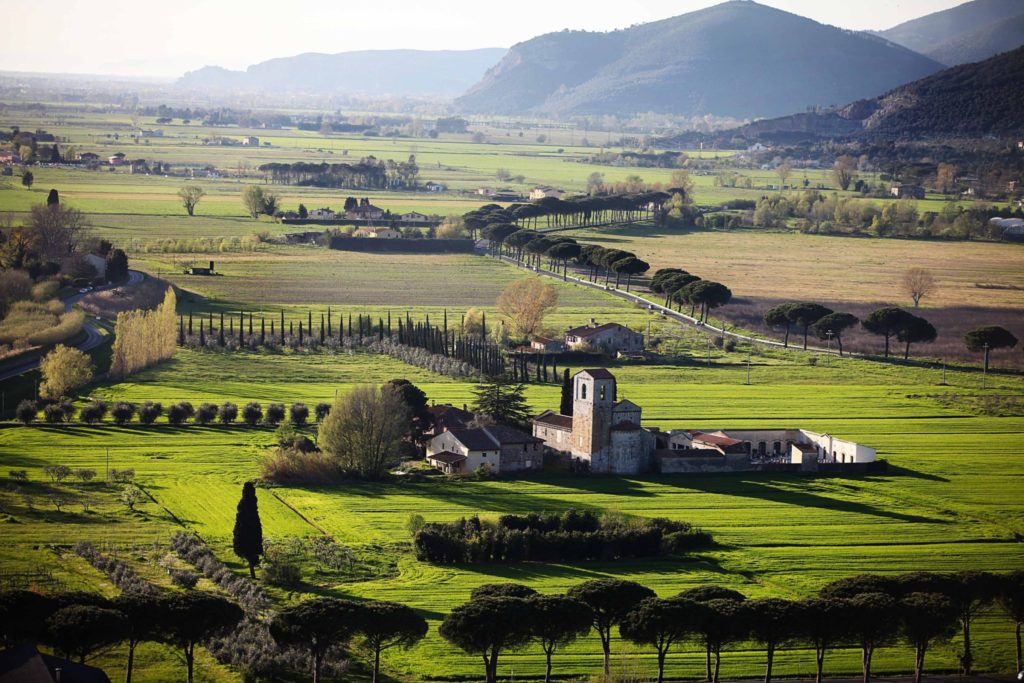

Vicopisano Hamlets
The district if Vicopisano consists of 5 villages. Vicopisano is the administrative hub with the local council offices. San Giovanni alla Vena is the first village after Vicopisano and has a history and culture of ceramics. Next is Cucigliana – a sleepy place nestled under the hills and once famed for its noble villas. After Cucigliana is Lugnano with a small village square and a couple of bars. The pretty hamlet of Noce (part of Ulivetto Terme) has a picturesque cluster of houses and a stylish restaurant in a coverted olive mill. The underground natural springs at Ulivetto Terme produce a healthy mineral water which is available all over Italy as well as being the official water of the Italian national football team. The village has public tennis courts and a swimming pool. Caprona is the last village and the first thing you will notice as you enter the village is an ancient Medieval watchtower resting precariously on a rock spur over-hanging a quarry. The tower is all that remains of a castle that is linked to the great poet Dante Alighieri.
The Monte Pisano
The Monte Pisano is a range of hills which stands alone and rises like an island between the plains of Pisa and Lucca. As well as acting as a beautiful backdrop to both cities the charming and varied landscape of the Monte Pisano is home to many authentic villages and monuments which often go undiscovered by many visitors and tourists. The area stretches from close to the Tyrrhenian Sea and meanders through the villages, hills and plains towards the Province of Florence, making this the ideal base for exploring Tuscany. The hills themselves are famed for the production of olive oil and there is a wealth of gastronomic delicacies just waiting to be discovered. Those looking for an active vacation will love the dedicated trails and pathways perfect for trekking and rambling. The area is very popular with mountain bikers and the roads which lead to the peaks are used by professional road cyclist who use these hills as a training ground.
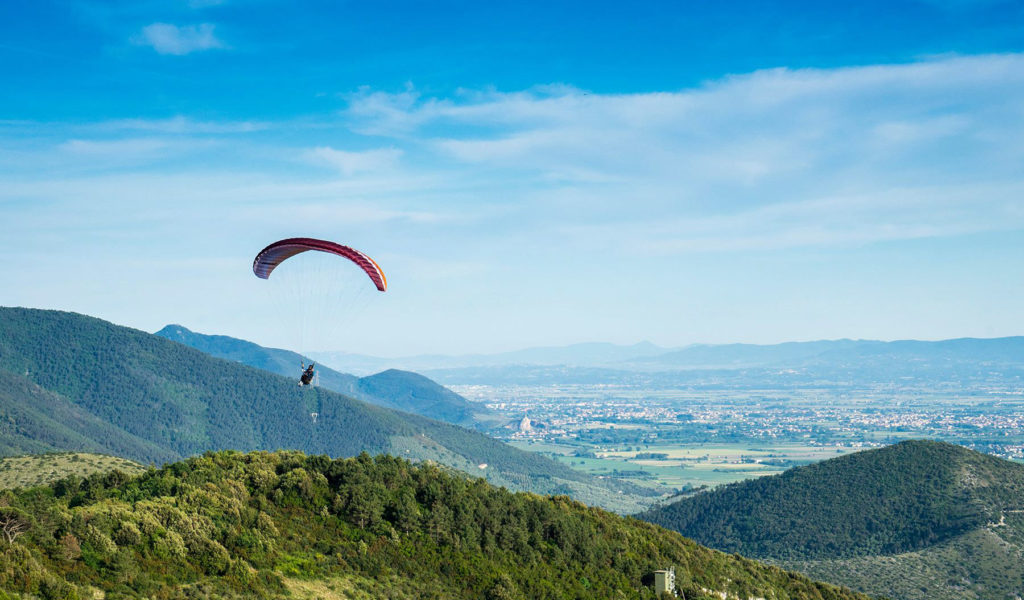
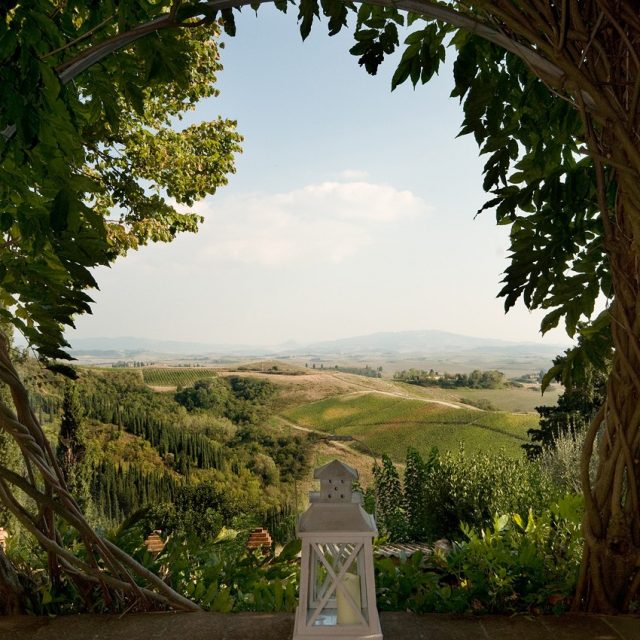
Palaia, Montefoscoli and the Pisan Hills
This relatively undiscovered and beautiful hill top village of looks over Pisa valley towards the Mediterranean Sea and it is said that on the clearest of days you can even see the city of Pisa and her famous Leaning Tower. Montefoscoli is close to the heart of Pisa’s wine producing area which also produces the prestigious Chianti wines. In the village, itself there is a grocery store, restaurant and small bar. History lovers can visit a museum which celebrates the quintessential Tuscan life of traditional farming and culture with displays of traditional farming tools of the trade. Even if you are not interested in farming it’s well worth visiting this lovely museum housed in the palazzo Vaccà Berlinghieri. The Medieval town of Palaia sits high on a ridge with mesmerising panoramic views over the Valdera. The town itself is charming and compact with everything you need such as 2 bars, a handful of restaurants, 3 grocery stores, a pharmacy, and bank. The surrounding area is mainly agricultural land, a mix of rolling hills topped with vines and olive trees, and within the nearby woods and forests the precious white truffle is hunted. Palaia is the first town of a scenic route which takes you through some charming hamlets and beautiful countryside, the town itself has some fabulous panoramic views over ancient churches and terracotta roofs.
Colle di Compito and the Compitese
The villages of the Compitese wind around the foothills of the Monte Pisano, a small range of hills which separates the plains of Pisa and Lucca, they are known for their pretty stone cottages and barn conversions with gardens and window boxes brimming with bright red geraniums in the summer months. All of the villages of the Compitese end in the word ‘Compito’ and you will probably pass through most of them on your journey into to Lucca. For example, there is: San Giusto di Compito, Colognora di Compito, San Andrea di Compito and Pieve di Compito, During the month of March the latter two ‘Compitese’ hold an annual Camellia festival celebrating the ancient plants which were first bought to the area by merchants in the 16th Century. From Colle di Compito if you head away from the city of Lucca and towards the small town of Buti, you will pass by the impressive village of Castelvecchio in alto with its hilltop quarter which resembles a filmset from Walt Disney! Then Just a short drive from here you will reach the small town of Buti – famed for its restaurants, friendly locals and summer long festivals.
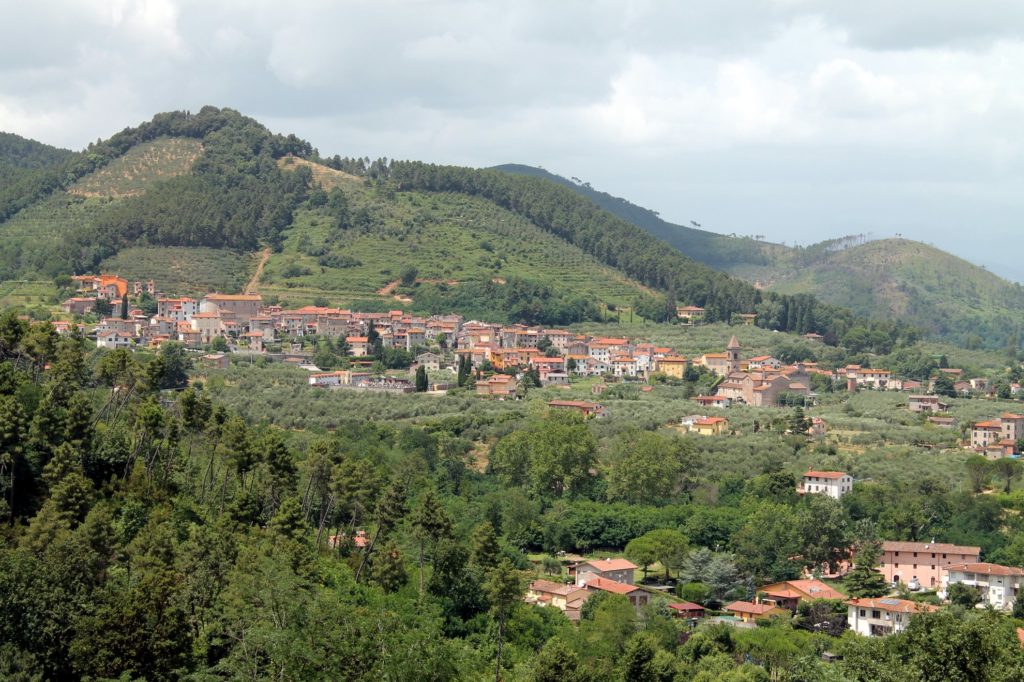
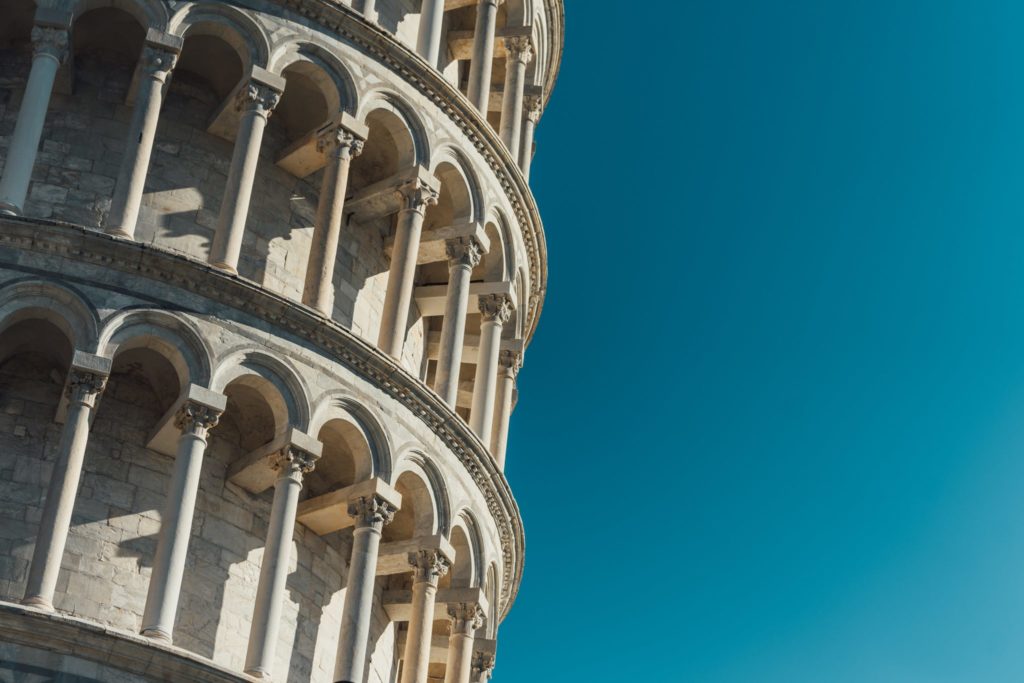
Pisa
Welcome to Pisa – famous for its Leaning Tower, close to the sea, and less than 30 minutes away from the majority of our accommodations. The charm of Pisa aside from the Leaning Tower, is that it is still an authentic Tuscan city bustling with locals and students alike. There is no doubt that the Piazza dei Miracoli (Miracle Square) with its famous Leaning Tower and other beautiful monuments tells much of the city’s history – however did you know that Pisa also offers the visitor Etruscan archaeological finds, Roman ruins, Gothic churches, Renaissance palaces and even a wealth of contemporary art? The river Arno runs right through the city centre and along its banks you will find museums, galleries and gardens. The Medieval heart of the city is a delightful discovery – without pretention and without hordes of tourists, it is here where you’ll find artisan shops, historic cafés, and one-off designer boutiques. Discover more at the official tourism website for Pisa and Pisa Province.
Lucca
Lovely Lucca is just over 30 minutes away from the majority of our accommodations. Lucca is a beautiful city now well and truly on the tourist trail. It is the birthplace of Puccini and famous for its Medieval defensive walls. The city is mainly a car-free zone and most citizens get around on bicycles. To feel like a local and explore the city hire a bike for an hour or two as it’s a great way to see the city. Discover the city’s churches and ancient piazzas and enjoy shopping and dining within the atmospheric Medieval walls.


Florence
Florence can be reached in under an hour. Trains run from the nearby railway station in Pontedera if you prefer not to drive in the city. Home of Renaissance art and architecture, Florence is a city which continues to attract millions of tourists annually and is probably the most visited city in Tuscany. The city boasts the biggest collection of Renaissance art and architecture in the world, however the city is actually quite small and easy to navigate. The city is an art lover’s dream and the must see places are the Uffizi Gallery with its Botticellis and Galleria dell’ Accademia for the original statue of Michelangelo’s David.
Volterra
Volterra is situated in the Province of Pisa and can be reached in approximately 90 minutes from our accommodations. This wonderful atmospheric hilltop town is set against a lush backdrop of rolling hills and Volterra has a history dating back over 3,000 years. Volterra is unlike any other Medieval hill town that you may visit in the region and this is due to the evidence of the city’s previous Roman and Etruscan periods. For those interested in the enigma of the Etruscans, this is the perfect place to discover more about the people who pre-dated the Romans and who are often labelled as Italy’s indigenous population. There is even an atmospheric Roman Theatre situated on the edge of the historic centre. Bringing us right up to the modern day – Twilight Saga fans should definitely visit the town of Volterra as this is where the Volturi reside!


Vinci
In just 45 minutes you can be in Leonardo da Vinci’s home town of Vinci. Visit the hilltop stone house where the genius was born and discover his numerous inventions in the fascinating museum. On entering the village of Vinci it is easy to locate the Museum of Leonardo’s drawings and inventions in the small historic centre. Exhibits include many of the genius’s drawings and over 60 models of his inventions which include military machines and machines for travel. The museum also offers special ’hands on’ experiences for families with children. In addition to the museum and just 3 kilometres from the village centre you may visit La Casa Natale di Leonardowhich is the small farmhouse where Leonardo was born on 15 April 1452.
Distances From Vicopisano District
- Pisa
15 miles / 24 km / 27 minutes drive - Lucca
15 miles / 24 km / 40 minutes drive - Nearest Beaches
19 miles / 31km / 35 minutes drive - Gold Course
22 miles / 35km / 41 minutes drive - Vinci (Leonardo da Vinci’s birthplace)
26 miles / 42 km / 41 minutes drive - Volterra
33 miles / 53 km / 1 hour 16 minutes - Florence
43 miles / 69km / 1 hour drive / train 45 minutes. - Siena
82 miles / 132km / 1 hr 40 minutes drive
Airports
- Pisa, Galileo Galilei International flights
14 miles / 22 km / 26 minutes drive - Florence, Peretola
43 miles / 69 km/ 60 minutes drive
Motorway/Autostrada
- A11 – exit Altopascio
10 miles / 17 km / 22 minutes - A1 – exit Firenze Signa
37.5 miles / 60 km / 50 minutes drive
Railway stations (Trains to Florence)
- Cascina
4 miles / 7km / 12 minutes drive - Pontederra
5 miles / 8.5 km / 14 minutes drive